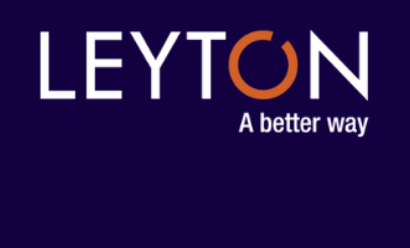
A gif of the Tribes logo
Bringing a tech product to life is an exciting endeavor that requires careful consideration of various factors, including cost, control, expertise, and risk management. In this article, we'll delve into three distinct approaches to bringing a tech product to fruition: building your own in-house team, partnering with a development company, and assembling a hybrid team of remote and onshore experts with fractional leadership.
Crafting Your In-House Dream Team:
The first avenue involves establishing your own team, complete with a Chief Technology Officer (CTO) and skilled developers. This approach is particularly enticing for those who prioritise control over their project and are not constrained by budget concerns. With an in-house team, communication is streamlined, and collaboration can foster innovative ideas and seamless integration.
However, this route comes with caveats. The self-contained nature of the team might inadvertently lead to a tunnel vision scenario. Ideas may be stifled due to limited exposure to external viewpoints and alternative strategies. The absence of diverse expertise can hinder the ability to explore uncharted territories, potentially restricting the product's potential.
Partnering with a Development Company
The second route involves enlisting the expertise of a development company. This option offers the advantage of offloading the technical work to seasoned professionals, allowing you to focus on your core business functions. The development company brings a wealth of experience and often has established processes to ensure smooth project execution.
However, the drawback here is twofold: high costs and limited control. Engaging a development company can strain your budget, especially for startups or smaller businesses. Additionally, relinquishing a degree of control over the development process might result in deviations from your vision or product roadmap.
Crafting a Hybrid Team with Fractional Leadership
The third approach combines the best of both worlds by assembling a team of remote and onshore developers, supplemented by fractional leadership from experts like CTOs and Chief Digital Officers (CDOs). This option strikes a balance between cost efficiency and expertise availability. By having a team that spans geographical boundaries, you tap into a global pool of talent, bringing diverse skills and fresh perspectives to the table.
Nevertheless, it's important to acknowledge the increased risk associated with this approach. Managing a hybrid team requires meticulous coordination, effective communication, and a robust project management strategy. The risk can be mitigated by partnering with a UK-based business that takes on the responsibility for bringing remote teams together and mitigate any risk by being the legal trading partner.
This localised support not only alleviates the risk burden but also ensures that the project remains aligned with your vision and goals.
Conclusion
Bringing a tech product to life demands a strategic approach that considers cost, control, expertise, and risk. Each of the three approaches - building an in-house team, partnering with a development company, and forming a hybrid team with fractional leadership - has its own set of advantages and challenges.
While the first option offers control and innovation, it can limit external perspectives. The second option offloads work but can be costly and limit control. The third option combines cost efficiency and diverse expertise, though it necessitates effective management and risk mitigation.
Ultimately, the choice depends on your priorities and circumstances. Whichever path you choose, remember that successful tech product realisation is not just about the code—it's about the harmonious convergence of strategy, innovation, and execution.
.png)







